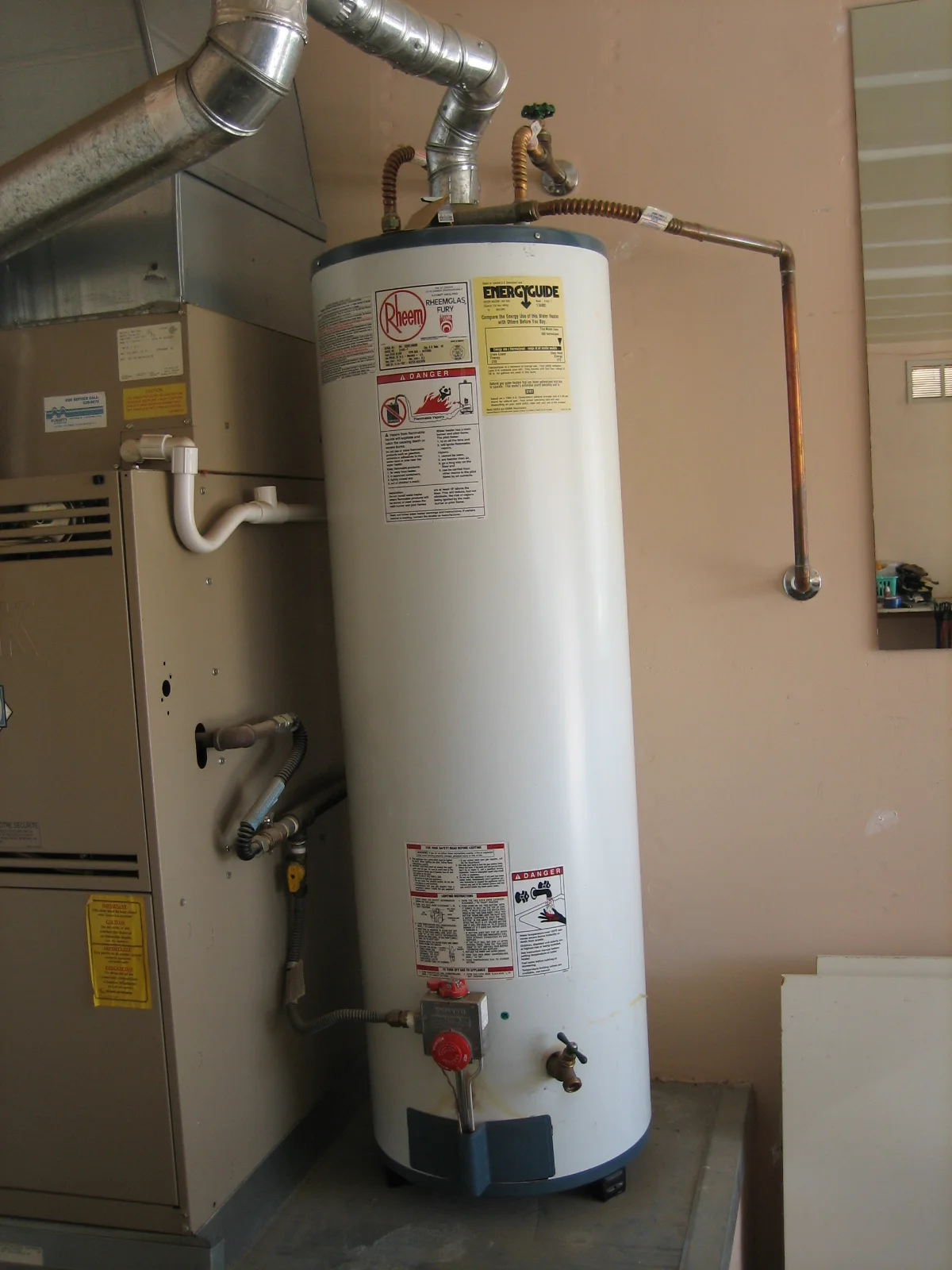Essential Care Techniques for Your Home's Hot Water System
Essential Care Techniques for Your Home's Hot Water System
Blog Article
Do you find yourself hunting for suggestions on Water Heater Maintenance Tips You Can't Afford to Forget?

Hot water is essential for daily convenience, whether it's for a refreshing shower or cleaning dishes. To guarantee your hot water system runs effectively and lasts much longer, regular maintenance is crucial. This write-up provides practical suggestions and insights on exactly how to keep your home's hot water system to avoid interruptions and pricey repairs.
Intro
Keeping your home's warm water system could appear overwhelming, but with a few easy steps, you can ensure it runs efficiently for several years ahead. This guide covers everything from comprehending your hot water system to DIY maintenance suggestions and understanding when to employ specialist aid.
Value of Keeping Your Warm Water System
Normal upkeep not just expands the life-span of your warm water system yet also ensures it runs efficiently. Neglecting maintenance can lead to decreased efficiency, higher power costs, and also early failing of the system.
Indicators Your Warm Water System Requirements Upkeep
Knowing when your hot water system needs attention can prevent significant concerns. Keep an eye out for indicators such as irregular water temperature level, odd noises from the heater, or rusty water.
Understanding Your Warm Water System
Prior to diving into maintenance tasks, it's handy to recognize the standard elements of your hot water system. Generally, this consists of the hot water heater itself, pipelines, anode rods, and temperature controls.
Month-to-month Upkeep Tasks
Routine regular monthly checks can help capture minor issues prior to they escalate.
Flushing the Water Heater
Flushing your hot water heater gets rid of debris accumulation, enhancing effectiveness and extending its life.
Monitoring and Changing Anode Rods
Anode rods prevent deterioration inside the storage tank. Examining and replacing them when broken is vital.
Checking and Adjusting Temperature Level Setups
Changing the temperature setups guarantees optimum efficiency and safety.
DIY Tips for Upkeep
You can carry out numerous upkeep tasks on your own to keep your warm water system in top condition.
Looking for Leaks
Consistently check pipes and links for leakages, as these can cause water damage and greater expenses.
Examining Pressure Relief Valves
Checking the pressure safety valve ensures it operates correctly and protects against extreme stress accumulation.
Shielding Pipes
Shielding hot water pipelines decreases warmth loss and can save power.
When to Call a Specialist
While DIY upkeep is beneficial, some problems require expert expertise.
Complicated Problems Requiring Specialist Assistance
Instances consist of major leakages, electrical troubles, or if your water heater is continually underperforming.
Regular Professional Upkeep Benefits
Specialist maintenance can consist of comprehensive assessments, tune-ups, and guaranteeing conformity with safety criteria.
Conclusion
Normal maintenance of your home's warm water system is essential for performance, long life, and cost savings. By complying with these pointers and knowing when to seek expert assistance, you can make sure a reliable supply of hot water without unforeseen interruptions.
How to Maintain an Instant Hot Water Heater
Before tinkering with your hot water heater, make sure that it’s not powered on. You also have to turn off the main circuit breaker and shut off the main gas line to prevent accidents. Also turn off the water valves connected to your unit to prevent water from flowing into and out of the appliance. 2. When you’re done, you have to detach the purge valves’ caps. These look like the letter “T†and are situated on either side of the water valves. Doing so will release any pressure that has accumulated inside the valves while at the same time avoid hot water from shooting out and burning your skin. 3. When the purge valves’ caps are removed, you have to connect your hosing lines to the valves. Your unit should have come with three hoses but if it didn’t, you can purchase these things from any hardware or home repair shops. You can also get them from retail stores that sell water heating systems. Read the user’s manual and follow it to complete this task properly. When the hosing lines are connected, open the purge port’s valves. 4. You should never use harsh chemical cleaners or solutions when cleaning your unit. Make use of white vinegar instead. It should be undiluted and you’ll probably use about 2 gallons. 5. Now flush your water heater. This task should probably take about 40 minutes. We can’t give you specific directions for this because the procedure is carried out depending on the type, model and brand of your heater. With that being said, refer to the user’s manual. 6. When you’re done draining the unit, you have to turn off the purge port valves again. Remove the hosing lines that you earlier installed on each of the water valves. Put the valve caps (purge port) back in their respective places and be very careful so as not to damage the rubber discs that are found inside these caps. 7. Now that everything’s back in place, check your user’s manual again to find out how to reactivate your water heating system. 8. Once it is working, turn one of your hot water faucets on just to let air pass through the heater’s water supply pipes. Leave the tap on until water flows smoothly out of it. https://www.orrplumbing.com/blog/2014/september/how-to-maintain-an-instant-hot-water-heater/

I was guided to that write-up about How to Maintain Your Water Heater & Prolong its Life from a buddy on another domain. Enjoyed our article? Please share it. Help others find it. Thank you for your time spent reading it.
Free Quote Report this page